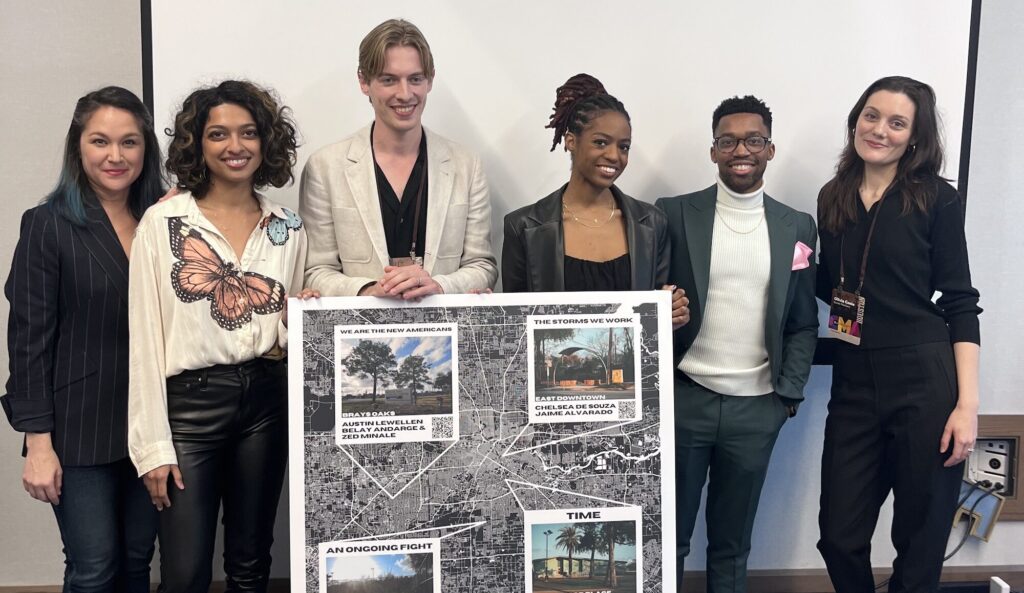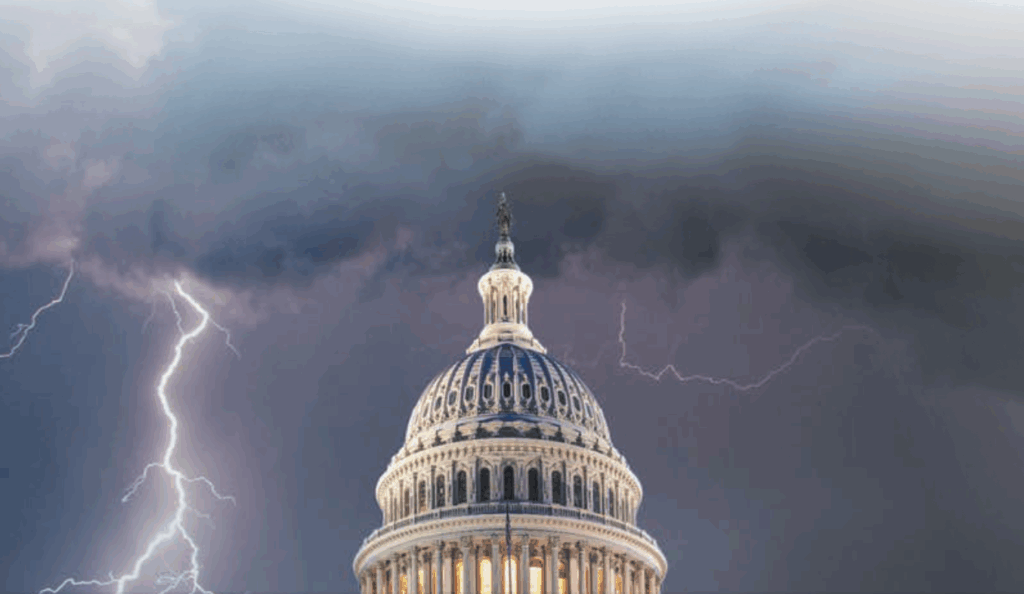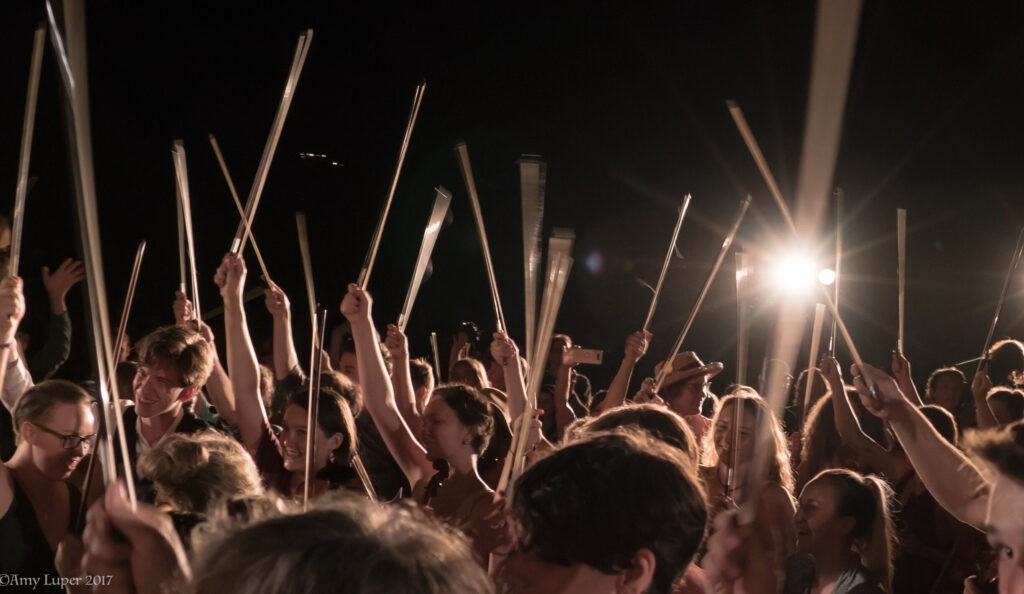Finding My Rhapsody
How the celebrated pianist, radio presenter, and arts activist found a home in George Gershwin’s century-old classic.
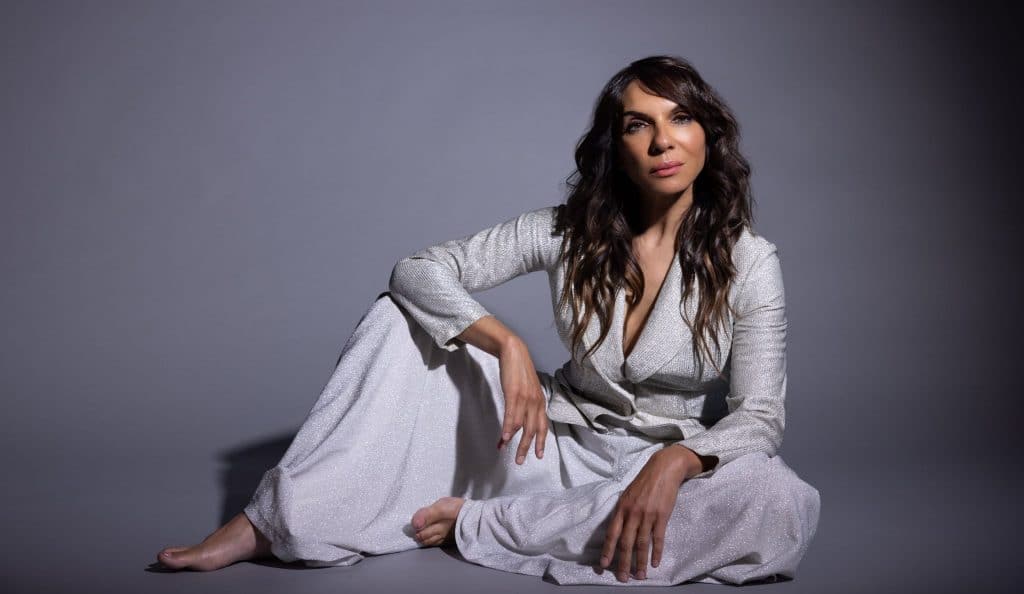
In February 1924, George Gershwin’s “Rhapsody in Blue” was premiered during “An Experiment in Modern Music” at Manhattan’s Aeolian Hall. Bandleader Paul Whiteman had asked Gershwin to supply a “jazz concerto,” which the composer took as an invitation to capture what he called “a musical kaleidoscope of America, of our vast melting pot . . .”
A century later, pianist Lara Downes released her re-imagination of Gershwin’s masterpiece. She commissioned a radical new arrangement by the Puerto Rican composer Edmar Colón that reverberates with the multicultural sounds of America in our time. This adventurous work had its world premiere in October 2023, featuring an ensemble of dynamic young musicians from the San Francisco Conservatory of Music Orchestra, and its Roots, Jazz and American Music programs, led by conductor Edwin Outwater.
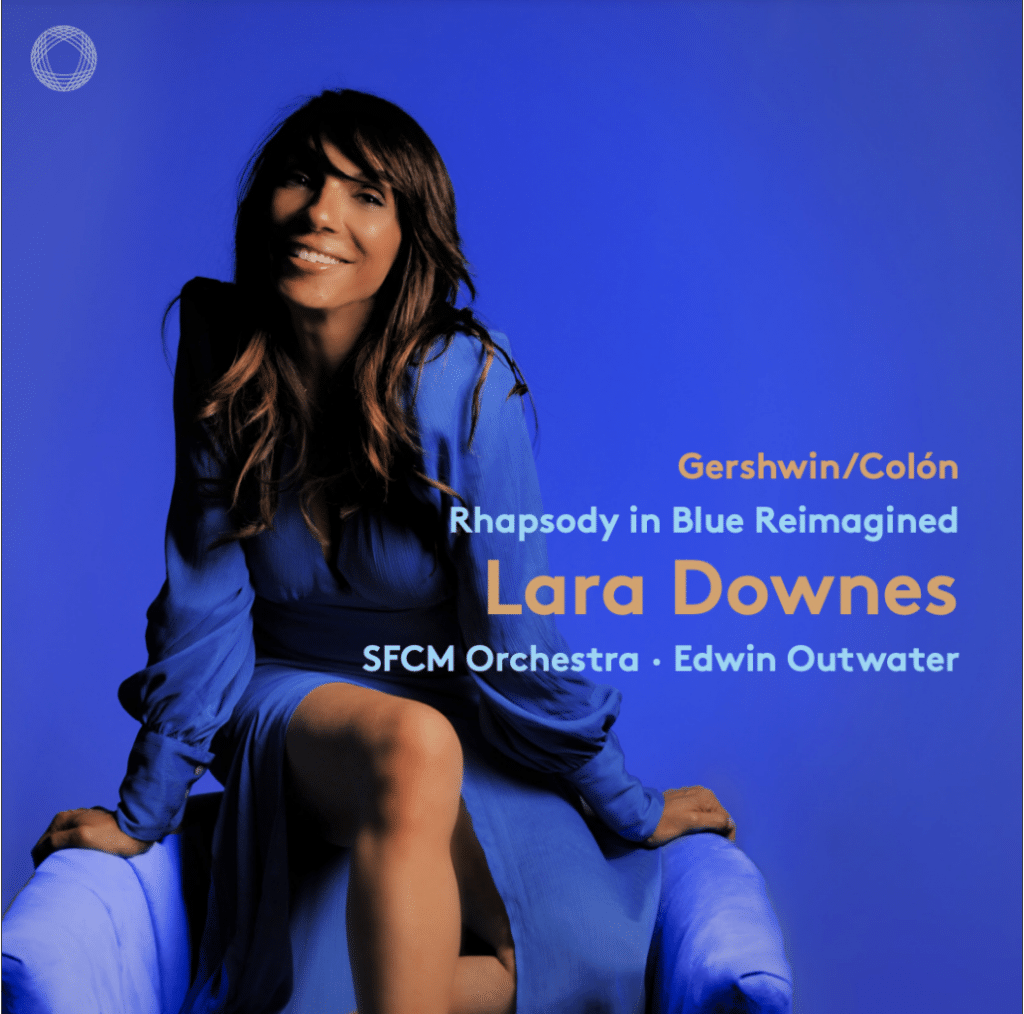
Among my first memories of “Rhapsody in Blue” is the Winter Olympics, in 1998, on TV—the long program of a Russian skater, Ilia Kulik. He won a gold medal skating to that music. I had only recently returned to the US from many years in Europe. My father, a biochemist who was born in Jamaica, died when I was nine, and my mother, an attorney of Russian Jewish descent, had moved our family to Paris when I was in my early teens.
Studying piano in Europe, everything was formal and structured and tradition-bound, which is all great. But I started to want to know what American music was about, partly because I had so little contact with it. I thought it would make sense for me, an American, to play something American. At one point, I asked my teacher about Gershwin, an idea that was firmly shot down.
I learned “Rhapsody in Blue” on my own, out of curiosity. It was my earliest experiment with a hybrid American sound. A few years later, I made an album called American Ballads, which represented baby steps toward my understanding of what American concert music was, and how that interfaced with other American traditions. I was playing music by Aaron Copland that was informed by folk sources, and by others, including Roy Harris and Samuel Barber. Around that time, I began playing “Rhapsody in Blue” in recitals, in its solo-piano version. I was just having fun with it. I loved it. It’s such a gratifying piece, pianistically, because there are a lot of different kinds of piano playing involved. There’s the beautiful lyrical stuff. There are highly rhythmic sections, especially when you’re playing the solo-piano version. And for me, there’s humor in it.
I was exploring Gershwin and American music in the context of myself—who was I, even? My childhood was so strange. My sisters and I were homeschooled, somewhat in a bubble, feeling in many ways like outsiders. We were these three biracial kids growing up in San Francisco, not going to school and immersed in music. Our childhood was far from any typical American upbringing. Once we moved to Europe, I felt at home in a musical sense, but I was still an outsider, an American abroad.
When I came back here in the mid-’90s, I was a young, brown-skinned woman in America, having to sort that identity out. And I felt the weight of this European training on me. I remember an exhibition at the Whitney Museum called “The American Century.” It was a retrospective curated so that the artworks were surrounded with context—what was happening in politics and society and the other arts, specifically music. For the first time, I understood, Oh, this is what made this music. It was no longer just scholarly curiosity about American concert music. It was: What is American music, anyway, and where do I fit into it? Where did Gershwin fit into it?
The same year that “Rhapsody in Blue” had its premiere, 1924, my paternal grandfather, Leonard Downes, migrated from Jamaica to Harlem. He died when I was very young. Once you start sorting through your identity, you realize it’s not only about you. Just as I was making my first clumsy efforts to research and understand American music, I found an anthology—Black Women Composers: A Century of Piano Music (1893-1990)—that traced a century, and I discovered this one piece by Florence Price. I started playing it. The reaction of audiences to that music made me realize that this was about way more than my own self. I started wondering: Who made American music? Who does it belong to?
When I think about Gershwin now, I hear his music in the context of the great black composer William Grant Still—down the block from Gershwin, playing oboe in Eubie Blake’s Broadway pit orchestra for Shuffle Along, and then writing his own first symphony. I’m thinking about all of this creative energy being passed back and forth between Black and white musicians at the beginning of the 20th century, everything Gershwin absorbed that made it possible for him to create his music.
I’d been infusing my playing of “Rhapsody in Blue” with those ideas as I played it in recitals. Playing it solo, I didn’t try to make a big statement about any one thing. It just felt like a piece that moves among moods and styles, and I kind of just went with it. And then I had this idea to fully re-imagine this piece as it turned 100 years old—to explore it as a multi-dimensional, multi-directional illustration of cultural exchange.
In 2022, I did a concert with the Boston Pops, of Duke Ellington’s music. It opened with an arrangement that Edmar Colón did of “Caravan.” He took that piece back to its roots, and especially to the roots of its co-composer, Juan Tizol, who was Puerto Rican. Edmar’s version was respectful, loving, and it embraced what Ellington was trying to express through that collaboration. Edmar and I spent a lot of time in Boston talking about the roots of things and how strong they are.
When I thought about exploring and expanding the roots of Gershwin’s “Rhapsody,” I knew that Edmar would be my collaborator. I flew to Boston. We spent a day together poring over Gershwin’s original piano score. We talked about which parts have always felt great to me as a pianist, and which parts sometimes felt like they were trying to translate something into a notation that’s not quite translatable—like when you find a word in another language, and we don’t quite have that word in English. Because of Edmar’s background, he could translate those passages directly through percussion instruments and rhythms, straight from the traditions that inspired Gershwin.
Our conversations focused on stretching the piece in two directions—way back, to the roots of what Gershwin experienced in the 1920s, and what had preceded that; and forward into the present, embracing his vision of our melting pot—what Gershwin called “a musical kaleidoscope of America”—as it is today. We wanted to acknowledge the waves of immigration yet to come, and the layers of sounds that Gershwin never got to hear. What would he have done if he had heard the evolution of jazz? The sounds of so much immigration from Central and South America, from every corner of the globe really, during these last 100 years?
That calls for different instrumentation, especially percussion instruments such as conga and bongo. That’s our heritage, Edmar via Puerto Rico, and me via Jamaica. Our own family’s immigration stories were important there. Also, part of the idea from the beginning was that if this is going to be a piece of American music that moves around this country and is played for different audiences by different orchestras, it would need to change in each place. In any American city, people relate to music through local histories. In San Francisco, where we premiered it, there is an important story of Chinese influence. So instruments like pipa and erhu became part of the story. Wherever it goes next—next stops, New York City and Dallas— will influence the ensemble and the sound.
Last October, we rehearsed for three days, performed the world premiere of the piece, and then recorded it for its Pentatone release in February. It was an intensely emotional experience, and hard work. Everybody really had to stretch themselves. (There’s that word again, stretching.) And we really had to listen. Performing this piece I had played so many times, I opened my ears wider, to trust and have a new conversation. It was beautiful to sink into that, and to listen to what came from that.
My relationship to Gershwin begins before I started playing his music. Let’s go back to that figure skater, right? To hearing this really beautiful tune. Based on what I’ve learned about Gershwin’s environment as a first-generation American experiencing a moment of intense change, it’s also far more. When he called this piece “a musical kaleidoscope” reflecting our “vast melting pot,” he was making a case for us to communicate and listen. And now I think I hear another intention in a piece, a little bit of protest—a statement of independence and democracy. I don’t think I’m overstating that.
I think that we musicians live in the time we live in, and we respond consciously or unconsciously to those times. For Edmar and me to put together this project now celebrates not just Gershwin’s inspiration of a century ago, but also 100 years of immigration. Three months after the premiere of “Rhapsody in Blue,” the US passed an immigration act designed to “preserve the ideal of US homogeneity” and to prevent “”a stream of alien blood.” To come to this country has always demanded courage, a leap of faith, a willingness first to dream and then to work really hard in pursuit of that dream. We know the rhetoric around immigration today. Yet people keep coming because they still believe in this place. For us, this reimagined “Rhapsody” is a labor of love, our own statement of belief in this country, now and for the future.

